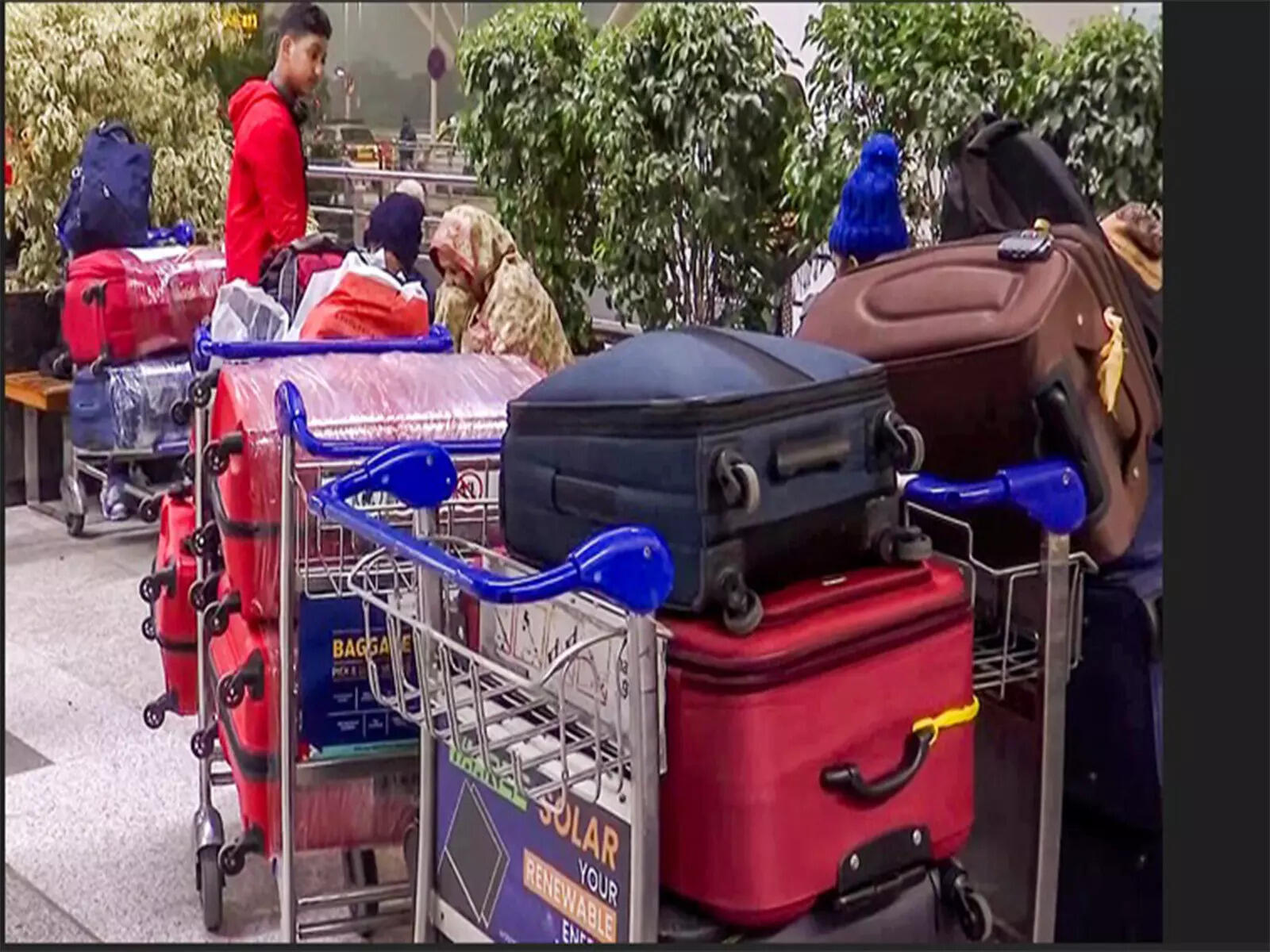
The Indian luggage industry is projected to grow at a healthy CAGR of 12% to reach Rs 267 billion by Calendar Year (CY) 2028, up from an estimated Rs 170 billion in CY24, according to a report by Motilal Oswal Financial Services.
The report added that the sector, which had shrunk to Rs 60 billion in CY20 due to the pandemic, has staged a remarkable recovery with a 37% CAGR between CY20 and CY23.
“India’s travel landscape has transformed dramatically post-pandemic,” the report added.
“Simultaneously, steady increases in air and rail passenger traffic strongly correlate with rising luggage industry revenues. Premiumization is accelerating as consumers shift towards branded, stylish, and durable luggage over basic utility products,” the report further added.
The report noted that weddings have significantly increased luggage demand in India, driven by gift-giving customs, trousseau packing, and the growing trend of destination weddings. The market witnessed peak demand during Nov-Dec’24, with over 4.8m weddings during this period alone.
“Combined with other travel drivers, weddings form a crucial part of recurring luggage demand, especially among young urban consumers with rising disposable incomes,” the report added.
The Motilal Oswal report stated that the branded players, who currently hold a 52% market share, are expected to grow faster than the overall industry, driven by rising disposable incomes, increasing urbanisation, and a resurgence in both domestic and international travel.
The shift from unbranded to branded products continues to accelerate, supported by product innovation, premiumization, and rapid expansion of e-commerce channels, the report added.
The report highlights that brands such as VIP, Samsonite, and Safari collectively command about 33% of the market, with strong positions across segments.
The mass market (priced below Rs 4,000) forms the largest chunk, at approximately 60% (Rs 102 billion), led by Safari (16 %), Aristocrat, and Kamiliant (%). These brands focus on affordability, first-time adoption, and wide distribution.
The mid-priced segment, accounting for 30% of the market, features VIP (21% via VIP and Skybags) and American Tourister (17%), both capitalising on brand recall, curated product offerings, and omnichannel strategies to attract value-conscious urban consumers.
The premium segment (around 10%) is evolving rapidly, with legacy players like Samsonite (20%) and Carlton (8%) maintaining dominance in business and international travel.
The report added that digital-first D2C brands are disrupting the space with minimalist designs, influencer-driven storytelling, and strong appeal among Gen Z and millennial consumers in metros.







